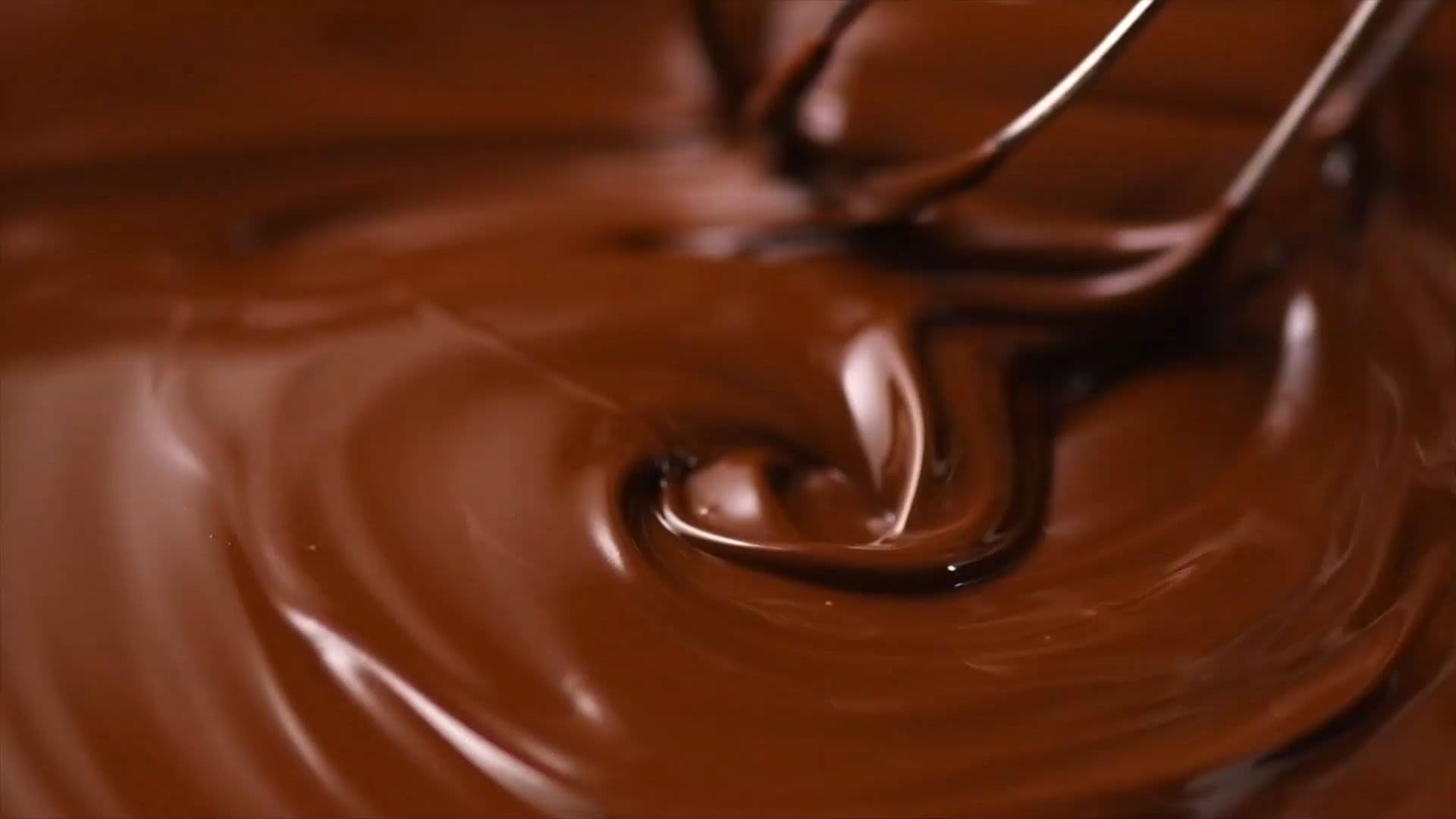Chocolate coating machines are specifically designed to handle the viscosity, melting point, and tempering needs of chocolate. Using them for sugar syrup coating is not ideal, and here’s why:
Key Differences Between Chocolate and Sugar Syrup Coating:
| Feature | Chocolate Coating Machines | Sugar Syrup Coating Process |
|---|---|---|
| Material Consistency | Thick, needs temperature control | Thin liquid that gradually crystallizes |
| Coating Technique | Enrobing or pan coating at controlled temps | Usually done in a pan with drying airflow |
| Drying Requirement | Minimal; chocolate solidifies when cooled | Requires drying between applications |
1. Temperature control mismatch:
Chocolate coating machine: designed for precise control of the melting temperature of chocolate (usually around 30 ° C-40 ° C, depending on the type of chocolate). This temperature range is to maintain the fluidity, luster, and taste of chocolate, and to avoid overheating, burning, or oil-water separation (oil extraction).
Syrup: Most common syrups, such as maple syrup, corn syrup, honey, and simple syrup, have good fluidity at room temperature or slightly above room temperature. They do not require a precise melting process like chocolate. More importantly, if the syrup is heated to excessively high temperatures (especially prolonged heating):
*May lead to excessive evaporation of water, causing the syrup to thicken or even crystallize.
*May cause flavor compounds to evaporate or alter flavor (such as natural enzymes and aromatic compounds in honey).
*For certain syrups, such as maple syrup, continuous high temperature heating may cause their color to darken, flavor to caramelize, or even burn.
*The minimum temperature setting of the chocolate coating machine may still be too high or unnecessary for syrup.
2. Differences in viscosity and fluidity:
*The viscosity characteristics of melted chocolate and syrup are different. The conveyor belt, drum, or spray system of the chocolate coating machine is designed to handle chocolate of specific viscosity.
*Syrup is usually thinner and more fluid than melted chocolate. This may lead to:
*The coating is too thin or uneven.
*The syrup flows too fast and drips heavily on the conveyor belt, causing waste and internal contamination of the machine.
*It is difficult to achieve the expected uniform and controllable coating thickness for chocolate coating machines.
3. Difficulty in cleaning and cross contamination:
*Chocolate contains cocoa butter, while syrup is water-based. Introducing syrup into a machine designed for chocolate:
*Difficult to thoroughly clean: Syrup is very viscous and easily crystallizes, leaving residue in the gaps of machine pipes, pumps, valves, rollers, and conveyor belts. Chocolate residue can also be soaked in syrup, forming a more difficult to clean mixture of dirt.
*Cross contamination risk: Even after cleaning, syrup residue may contaminate subsequent batches used for chocolate, affecting the flavor, texture, and shelf life of chocolate (moisture may cause chocolate to frost or spoil). vice versa.
*Machines specifically designed for chocolate require a very thorough cleaning process (usually involving hot water and specialized cleaning agents), and residual syrup can make the cleaning work exceptionally difficult.
4. Potential machine issues:
*The sugar in syrup is more prone to coking and clumping at high temperatures, which may clog nozzles, pipes, or valves.
*The acidity of syrup (if used) may cause corrosion to certain parts of the machine, such as gaskets and seals, especially if the machine design did not consider handling such liquids.
So, what should be used to treat syrup coatings?
*Small amount/manual operation: For small batches, the simplest method is to immerse the product in room temperature or slightly warm syrup, or apply the syrup with a brush.
*Specially designed equipment: If automated mass production is required, equipment specifically designed for processing syrup, sugar coating, or water-based coatings should be used. These types of devices typically:
*No need for high heating temperatures like chocolate machines.
*The design is easier to clean and may have a CIP (online cleaning) system.
*Optimized transportation and coating systems (such as spray and waterfall coating) for water-based liquids of different viscosities.
Post time: Jun-06-2025
